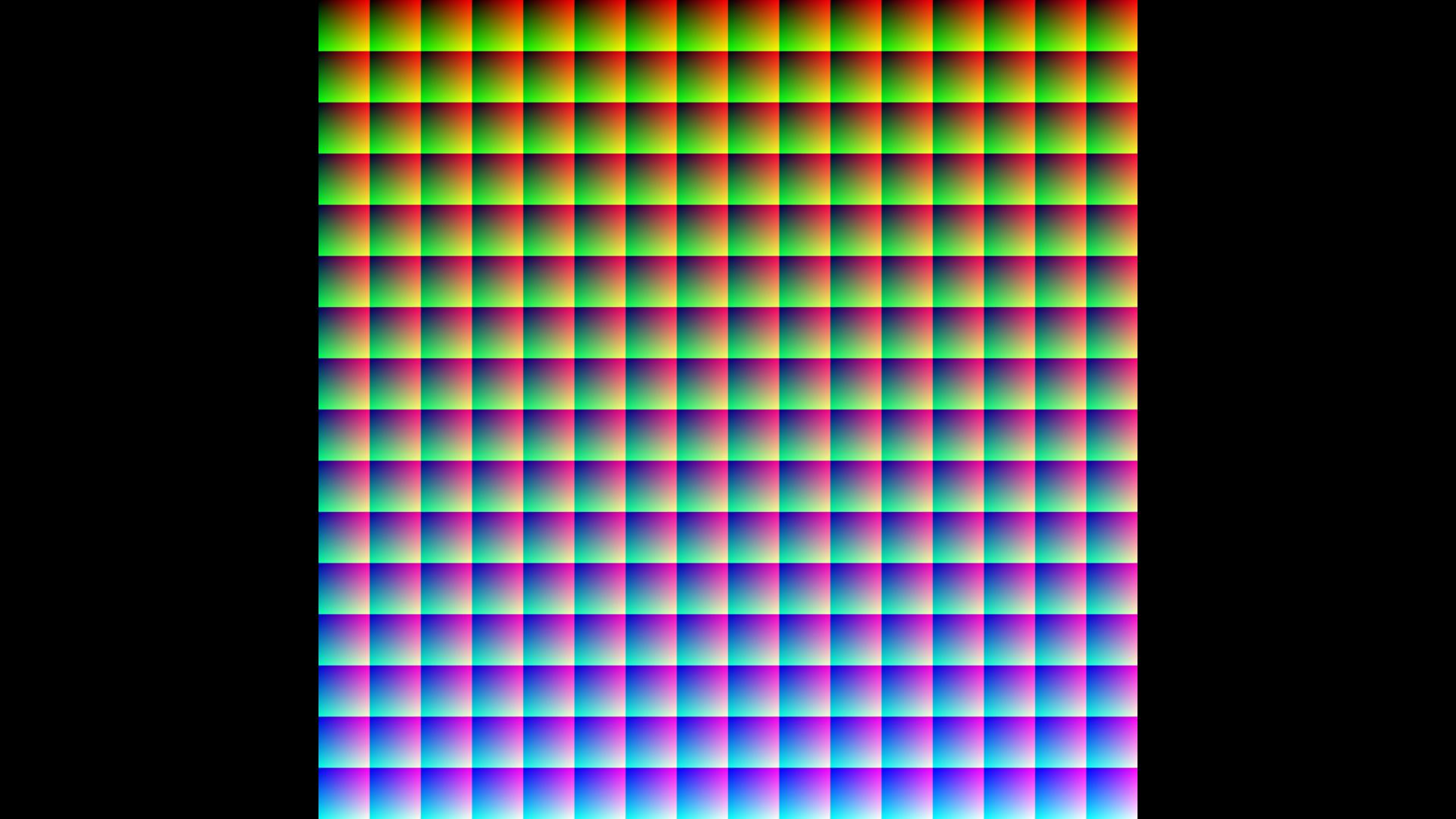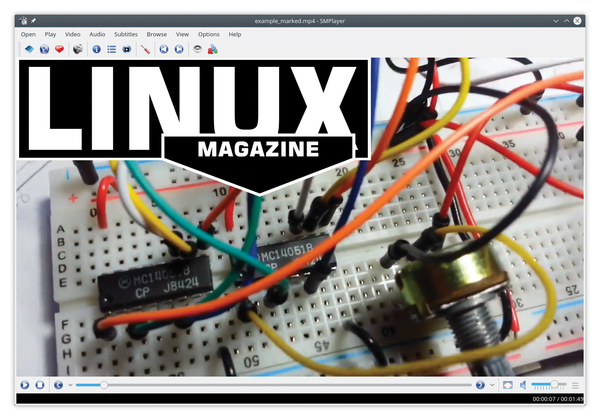
Remove $x pixels from the top and bottom: crop=in_w:in_h-2*$x.ffmpeg -i input.mp4 -filter_complex "crop=in_w/2:in_h/2" -map "" output.mp4 Here is an example of cropping a video in FFmpeg using variables instead of specifying the literal pixel coordinates. The input video’s width and height can be denoted by in_w / iw and in_h / ih respectively.

We can implement the video cropping command using variables to denote the video parameters. Sharjah Government Media Bureau prepares for UHD and transforms workflows with EditShare ViewLift Roars into Q4 with New Award Nomination, Conference Keynotes and Key New Clients TMC Partners with TVU Networks for the World’s Biggest Football Competition in Qatar OSN+ ready for the dance of the dragons in ‘House of the Dragon’ finale Telestream Launches Live Talk Show to Share Best Practices for Live-Streaming and Video ProductionĪsia Video Summit Returns in 2022 with a Focus on a Future of Growth and Sustainability in Asia Viaccess-Orca to Share Strategic Insights on Pay TV and OTT at NexTV Series MENA Event Green Streams To Add NPAW’s Video Analytics Capabilities To Its World-Class IPTV / OTT PaaSĭigital Nirvana Connects MetadataIQ Directly to Avid Media Composer and MCCUX Through New API Support The audio is reversed creating and finally the two streams ( + ) will merge and output as a new file, output.mp3: $ ffmpeg -i input.mp3 -filter_complex "asplit areverse amix=inputs=2" -map "" output.mp3ĭon’t worry if the above code looks intimidating, distinct linear chains are easy once the more you use them and get used to the syntax.The largest telecom operator in Georgia, SkyTel, chooses inext media players The input.mp3,, will split into a temporary stream. Below is an example of a distinct linear chain. Below is an example of a linear chain horizontally flipping a video and then inverting the colors: $ ffmpeg -i input.mp4 -vf "hflip,negate" output.mp4ĭistinct linear chains use secondary inputs or create temporary streams before creating the final output.


Linear chains are filtering done on the input stream or virtual temporary streams but do not require an additional temporary stream before creating the output file.

Linear chains are separated by commas while distinct linear chains are separated by semicolons. There are two types of filter chaining in FFMPEG Linear chains and distinct linear chains. It is possible to apply one filter at a time constantly referencing the last output file but ideally, chains are used to efficiently apply multiple filters. As you use FFMPEG one command might get the job done but at times applying multiple filters to a video is needed.


 0 kommentar(er)
0 kommentar(er)
